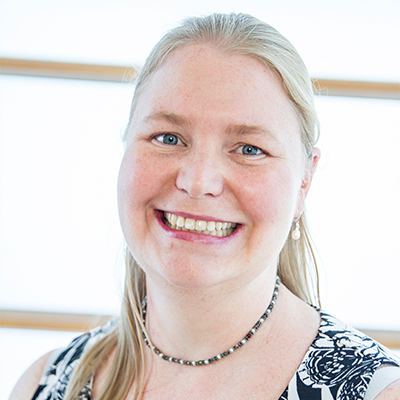One year of the 2D-EPL
In October 2020, the Graphene Flagship launched a second project funded by the European Commission: the 2D Experimental Pilot Line (2D-EPL). This project is working to establish a European ecosystem for the prototype production of graphene and related material (GRM)-based electronics, photonics and sensors.
Cedric Huyghebaert, a research manager for Nano Applications Material Engineering at imec in Belgium, leads the 2D-EPL project. Here, he offers his thoughts on the purpose of the project, its accomplishments over this first year and the future of the 2D-EPL within the Graphene Flagship and beyond.
What was the motivation behind the 2D-EPL project?
2D materials have shown wonderful performance in many devices targeting different application fields. Nevertheless, despite the promising properties of 2D materials, new technology needs to be developed in order to bring 2D materials to mass production. Bridging the gap between GRM processes in the lab and silicon processing in the semiconductor industry is a big challenge, and requires coordinated action between processing sites, tool vendors and material suppliers to take the first steps in that direction. I saw the 2D-EPL as an opportunity to jump into this adventure and make Europe the place where 2D materials would become a semiconductor technology.
How did you personally become involved in the project?
I was involved in the project from the beginning. As the Deputy Leader of the Graphene Flagship’s Wafer-scale System Integration Work Package, I had a good view of the key challenges that would need to be addressed, and I made a list of possible solutions. I then reached out to people and companies from within the Graphene Flagship and beyond to see if they shared my analysis, and to find out if they could contribute to these solutions. Based on their feedback we began to form a consortium – and a project, which is now the 2D-EPL as we know it today.
How does a collaborative project like the 2D-EPL help to advance the state-of-the-art?
The 2D-EPL allows us to bring together the entire supply chain for the successful integration of 2D materials. The injection of EU money reduces the risks for the participants by supplying a large portion of the investment necessary to bridge the gap between demonstrating 2D materials in the lab and building up robust 2D technology.
One year on, what has the 2D-EPL project accomplished?
The first year of the project was critical to establishing the structure and infrastructure of the project. It was an important year where the seeds of success were planted and started to grow, but the output is not yet visible to the external world. We finalised the design of the first commercial 300 mm growth tool for graphene, hexagonal boron nitride and transition metal dichalcogenides – two other GRMs. The parts have been ordered, and the tool will be manufactured in the coming year.
In the meantime, we processed the first lot with transferred tungsten diselenide through the fab, and made the first double-gated transistors below 50 nm in a fab flow relying on standard semiconductor equipment. Last but not least, we stabilised a 200 mm graphene device flow, with a yield above 80%, allowing us to open a multi-purpose wafer call capable of meeting customer requirements.
What are the next steps for the 2D-EPL?
The next steps are to improve the stability of our integration flows and to prepare for upscaling to 200 and 300 mm for some of the improved flows we demonstrated in the labs. This is in addition to starting to explore the possibilities for collaboration with our customers.
What does the future hold for the 2D-EPL beyond the four-year EC funding?
My hope is that 2D materials will be adopted by the semiconductor industry. There are plenty of potential applications in the sensors, datacom, photonics and electronics fields, but the integration of 2D materials lacks maturity. The 2D-EPL is the big opportunity to take some key steps forward, and to demonstrate to the industry that there is a demand for 2D co-integration with silicon. Finally, if the funding window is too short to convince industry, the infrastructure built by the 2D-EPL will offer opportunities to continue fine-tuning the integration more specifically for different application fields. In the 2D-EPL, we are focused on the development of a generic integration module. But more tuning will be needed to optimise the performance for different application fields.
What is your favourite thing about 2D materials for wafers?
I’m just fascinated by the fact that it’s possible to transfer a monolayer of material over such a large area. The aspect ratio of that is really gigantic. The control that is required to do so is just amazing.
The 2D-EPL is an opportunity to make Europe the place where 2D materials will become a semiconductor technology.
2D-EPL Leader




